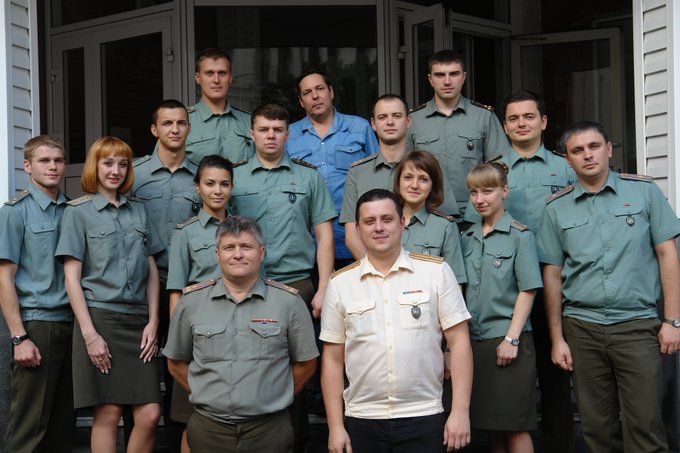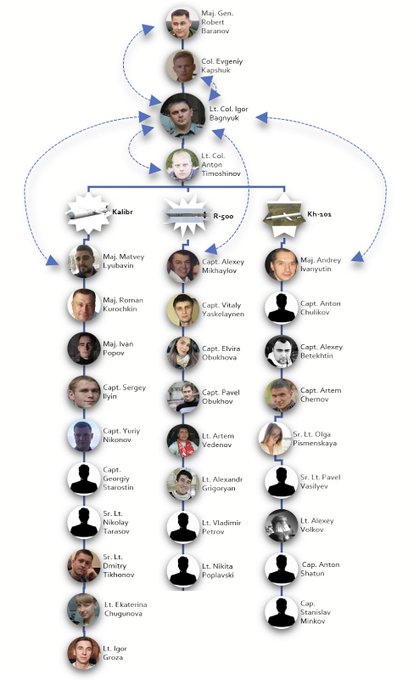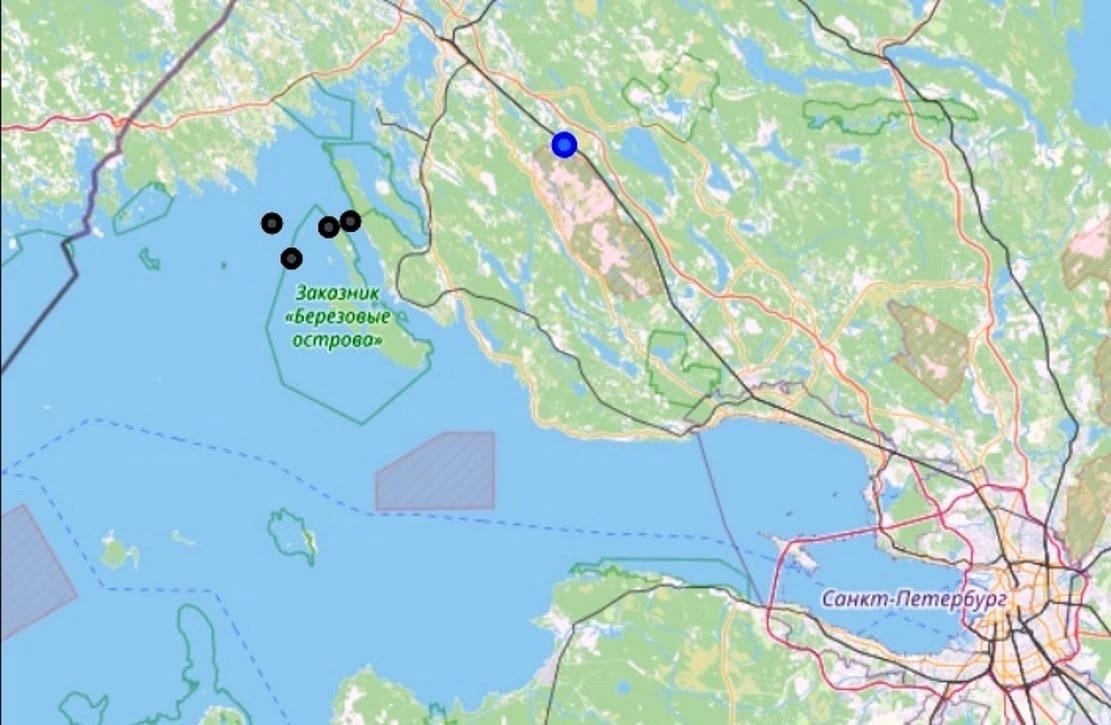Jätkem keeleväänamine

Orkide targetcenter. Mehed ja naised, kes määravad Ukrainas olevaid sihtmärke Moskvas asuvast juhtimiskeskusest-järjekordne Bellingcati uurimislugu.
Ever wonder how Russian cruise missiles find their way into Ukrainian playgrounds, power stations, and apartment buildings? Well thanks to @bellingcat
’s @christogrozev wonder no more. It’s time to meet the team behind the targeting of Russian missiles on civilian infrastructure.
Isikud, kes programmeerivad tiibrakettide sihtmärke Ukrainas.
The missile programmers are part of the Russian Armed Forces’ vast Main Computation Centre of the General Staff (GVC), and working with @the_ins_ru
and @derspiegel we’ve identified the 33 military engineers involved with cruise missile attacks in Ukraine.
Missile guidance specialists from the Main Computer Center
It is not evident from open sources which agency of the Russian Armed Forces is in charge of targeting and calculating flight paths for guided missiles. To find the answer to this question, we analyzed data on thousands of graduates of Russia's leading military institutes specializing in missiles and target designation - in particular, the Military Academy of Strategic Missile Forces near Moscow and the St. Petersburg Naval Engineering Institute. Some of them, after graduation, joined the Main Computer Center (MCC) of the Armed Forces, which sounds like the right place to calculate guided missile trajectories, although there is not much information about the MCC in open sources. It is noteworthy that all of those missile specialists who have joined the MCC are registered as living and working at 19 Znamenka Street in Moscow, i.e. the official address of the General Staff of the Russian Armed Forces.
Officially, the MCC's functions are described in military publications as «providing IT services» and «automating» the Armed Forces. Despite its long history (founded in 1963), the institution is rarely mentioned in the Russian media. Most of those MCC employees whose biographies we were able to study graduated either from the Academy of the Strategic Missile Forces (in particular, its Serpukhov branch) or the Naval Engineering Institute. Some of them had previously served as officers or ship engineers in the Navy. Others had previous civilian experience as corporate IT people or even game designers.
Believing that the MCC's connection to guided missile targeting was highly likely, we decided to test this hypothesis and examined phone call logs of Major General Robert Baranov, the head of the Center. A study of his calls from February 24 to the end of April 2022 showed that each time before a cruise missile launch (known from open sources) he received a call from one particular number, which, as we have determined, belongs to Colonel Igor Bagnyuk, who is registered at the same address as the other known MCC officers, 19 Znamenka Street. Then we studied the call logs of Bagnyuk himself and found he was in active contact with more than 20 military engineers and I.T. specialists from the MCC. Based on clusters of recurring calls, we reconstructed a team of 33 military engineers reporting to Colonel Bagnyuk.
Moreover, by studying those data, we were able to link many individual cruise missile strikes to specific MCC units and found correlations between missile types and specific MCC personnel.
The MCC unit we identified consists of three teams, each of which programs the flight paths of one specific type of high-precision missile: the ZM-14 (Kalibr, sea-based), 9M728 (aka R-500, Iskander (land-based) operational-tactical missile systems), and X-101 (air-based).
 https://twitter.com/EliotHiggins/status ... 5968395264
https://twitter.com/EliotHiggins/status ... 5968395264
 https://twitter.com/EliotHiggins/status ... 2147391488
https://twitter.com/EliotHiggins/status ... 2147391488Ainus, mida me ajaloost õpime, on see, et keegi ei õpi ajaloost midagi.
Live for nothing or die for something.
Kui esimene kuul kõrvust mõõda lendab, tuleb vastu lasta.
EA, EU, EH





